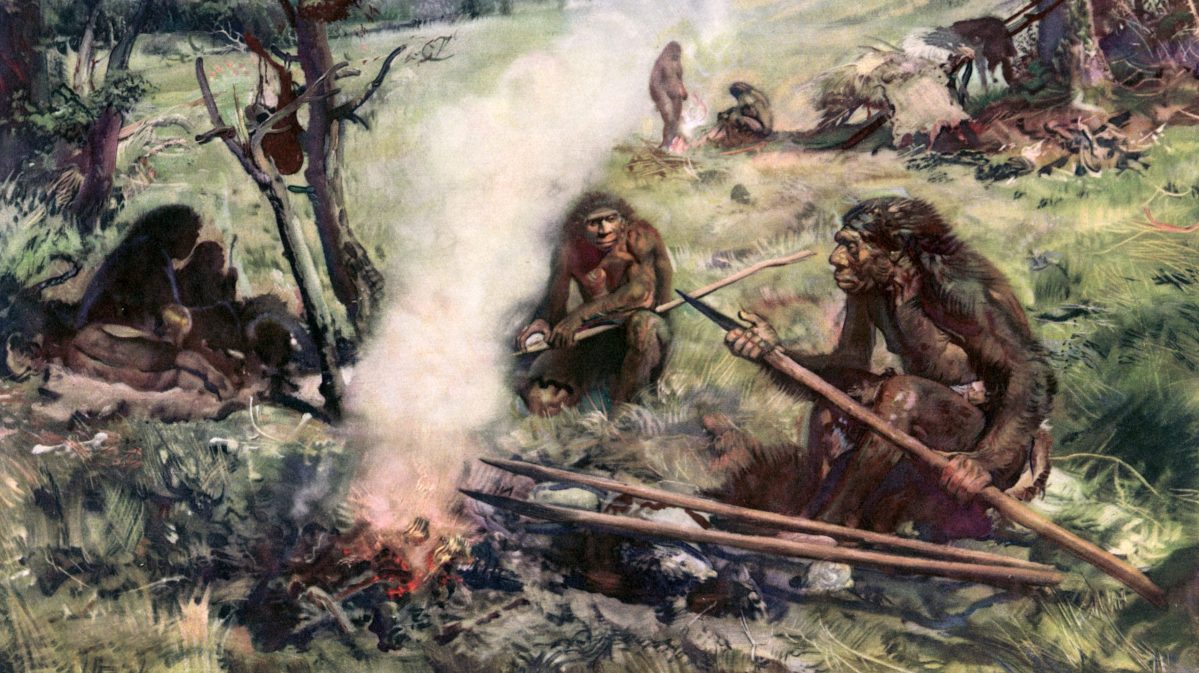Scientists have discovered the fossil of an extraordinary human hybrid in a limestone cave in Siberia. The 90,000-year-old bone fragment belonged to a female who had a Neanderthal mother, according to a DNA analysis. But, her father belonged to a branch of ancient humanity known as the Denisovans, reports The New York Times.
Scientists say they just determined that the bone of a girl who died 50,000 years ago shows that she had a Neanderthal mother and a Denisovan father.
Read more: https://t.co/CDeuk2M7mX pic.twitter.com/l8QVkhXi3m
— NBC News (@NBCNews) August 23, 2018
Researchers in Siberia found the first ever remains of a child who was half-Neanderthal, half-Denisovan — two extinct archaic human groups. This could mean they interbred with each other, as well as with our ancestors, more often than previously believed. pic.twitter.com/0gCnxEQqiM
— AJ+ (@ajplus) August 22, 2018
Our beautiful little bone, Denisova 11, has now provided us with genomic data showing that she had Denisovan father and a Neanderthal mother! It’s so wonderful to see this data published today!!! @PalaeoTwit @melanoidin #PalaeoChron @Katerina__Douka https://t.co/oSTWGaK1Yh pic.twitter.com/bl9wmeR3mc
— Prof Tom Higham (@tommyhigham) August 22, 2018
The discovery of this Neanderthals-Denisovan hybrid puts the world as it was tens of thousands of years ago into a new focus, and shines a light on a range of human diversity.
Scientists are not sure what Denisovans looked like or how they behaved, but The Times writes that it is clear they were separate from Neanderthals and modern humans by hundreds of thousands of years of human evolution. There had been indirect clues that Neanderthals, Denisovans and modern humans interbred, at least a few times, but this new study offers the first clear evidence.
Thanks for reading InsideHook. Sign up for our daily newsletter and be in the know.


















